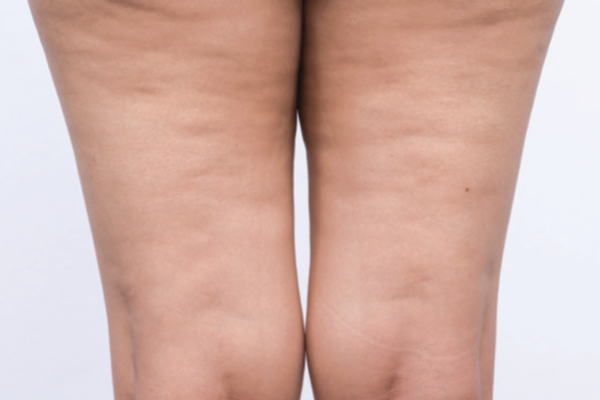Cellulite is a concern that affects 1.4 billion women around the world; 85% of women aged 25-60 have cellulite, and 98% of women who are concerned by their cellulite are motivated to do something about it.
It is a common misconception that cellulite is a kind of fat. It is not. Everyone in reasonably good health has a layer fat just beneath the skin. This subcutaneous fat is necessary to cushion organs and regulate body temperature. We also have a meshwork of collagen fibres that give structure to the skin. Some of these fibrous bands called ‘septae’ hold fat cells in compartments below the skin surface, and when fat cells become enlarged they push against the skin. The fibrous bands anchor the skin, pulling down in that place and causing a dimpling effect, or cellulite.
Even slender, reasonably fit individuals can have cellulite. Factors that contribute to the appearance of cellulite include:
- Genetics – It seems to run in families.
- Thin skin – It allows the connection points of fibre bands to show readily.
- Hormonal changes – They can cause skin to become thinner.
- Liposuction – In some cases, waves or rippling from liposuction accentuate natural cellulite.
- Fitness level – Toned muscles help to minimize dimples.
- Yo-yo dieting – Repeated weight loss and gain ultimately lowers lean muscle mass and increases fat percentage.
- Excess fat – There is simply more to push toward the surface.
- Diet – Alcohol, caffeine, and processed foods produce toxins that get trapped in subcutaneous tissues.
- Stress – Muscle tension prevents proper waste elimination.
- Hydration – Toxins cannot be efficiently flushed from the body with insufficient water intake.
- Smoking – Smoke constricts capillaries, weakening skin.
- Age – Connective bands become thicker and harder over time, usually in combination with thinner skin and reduced muscle tone.





